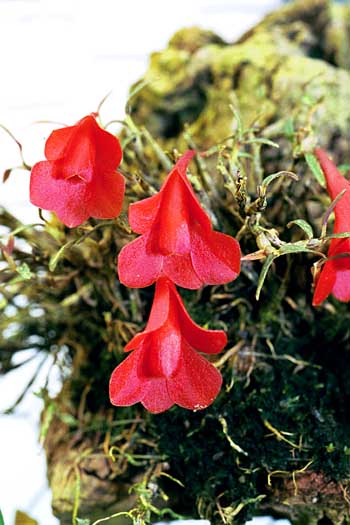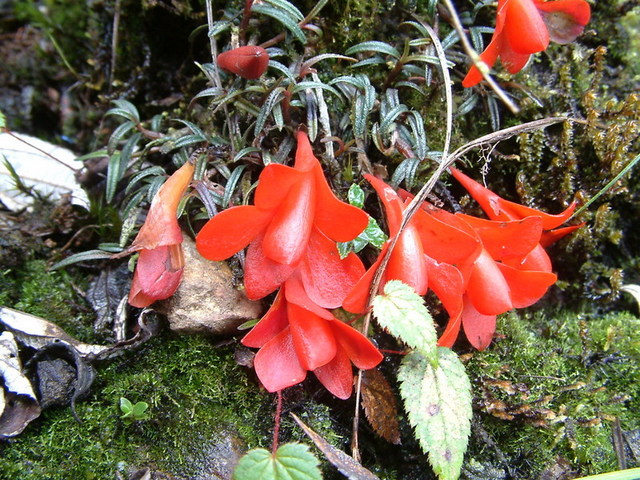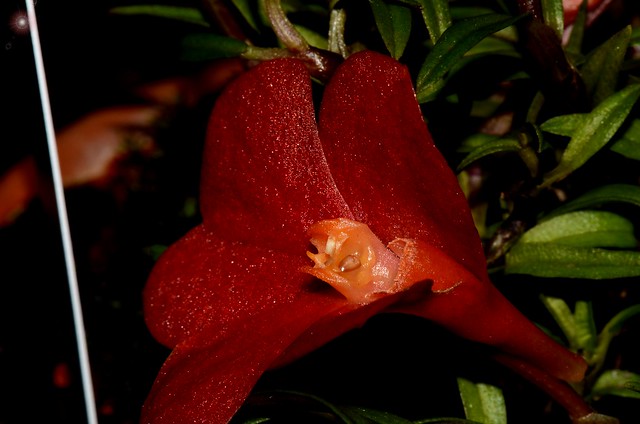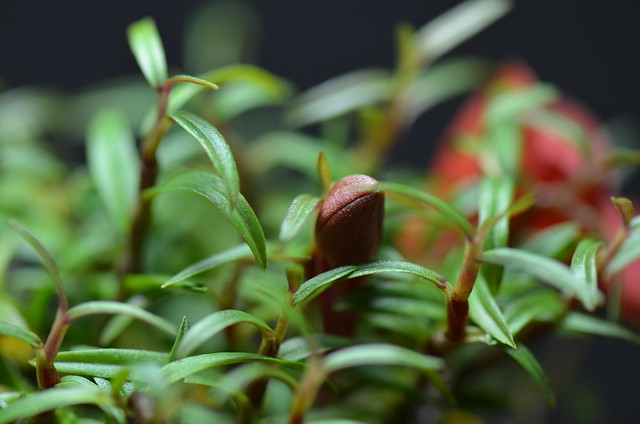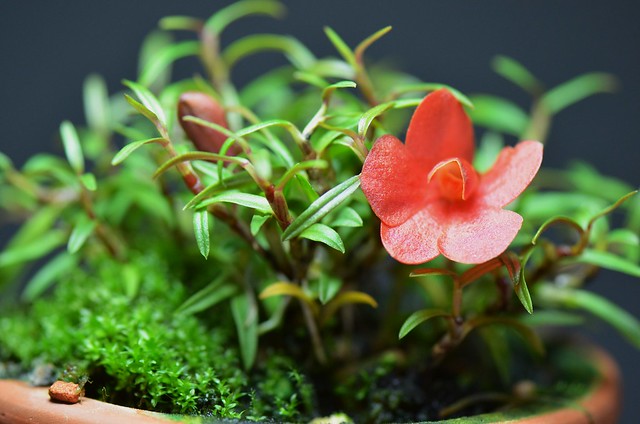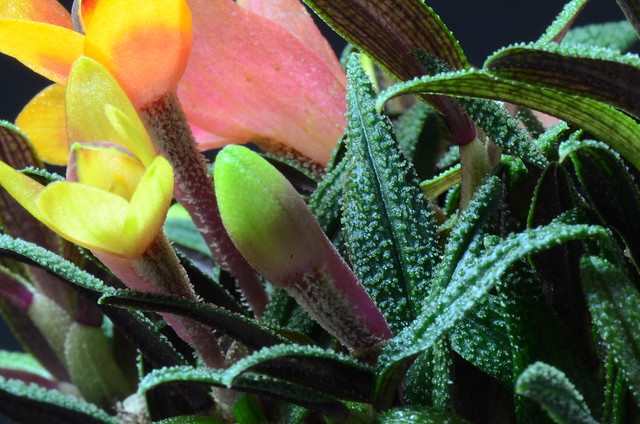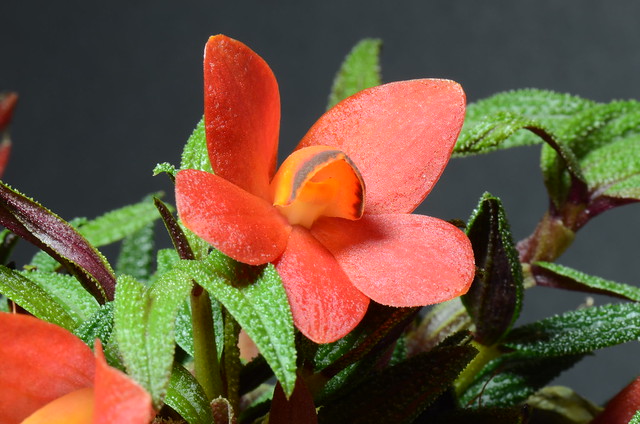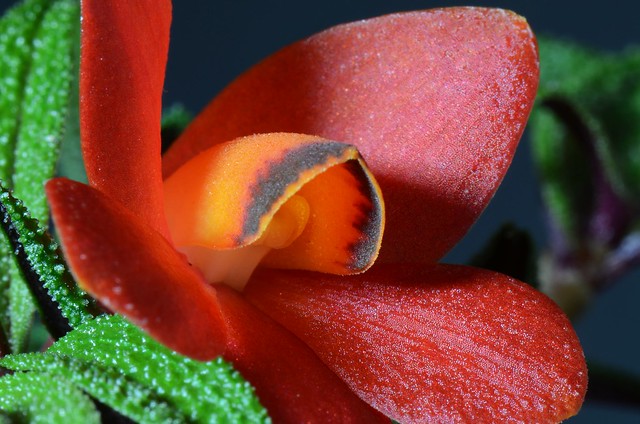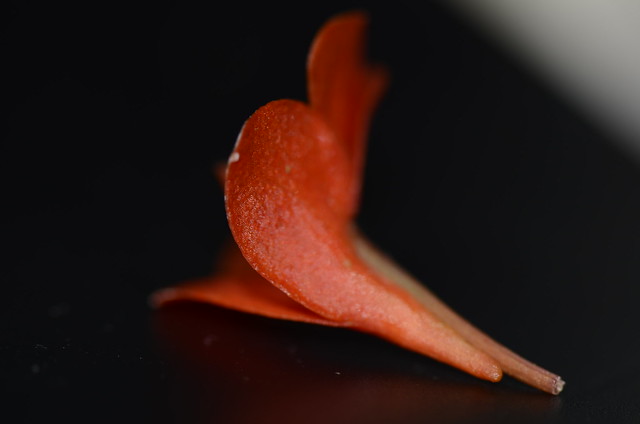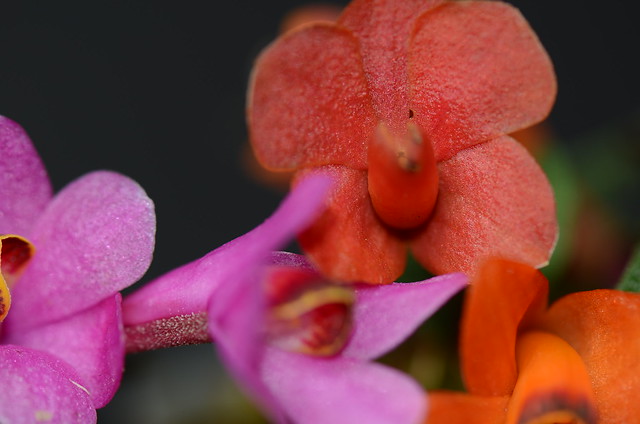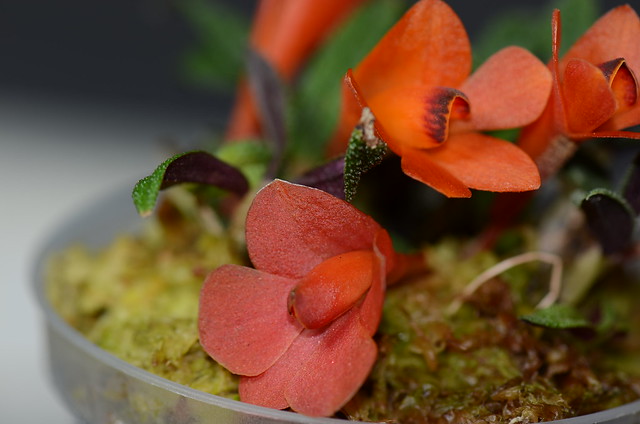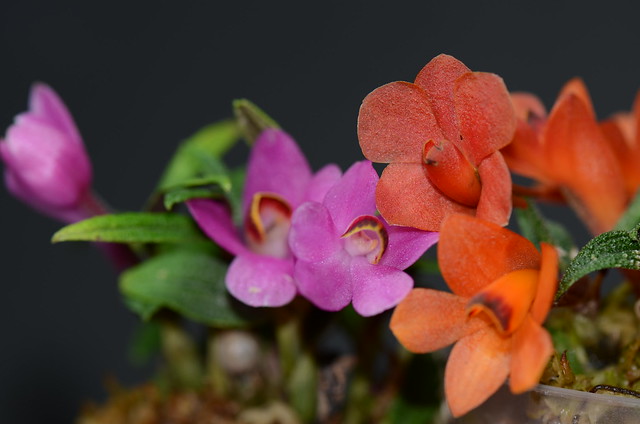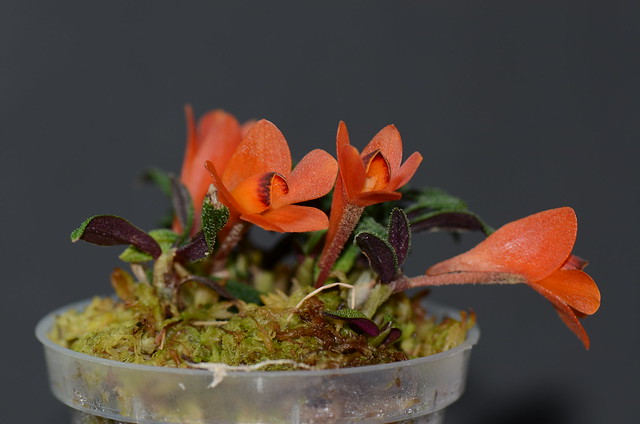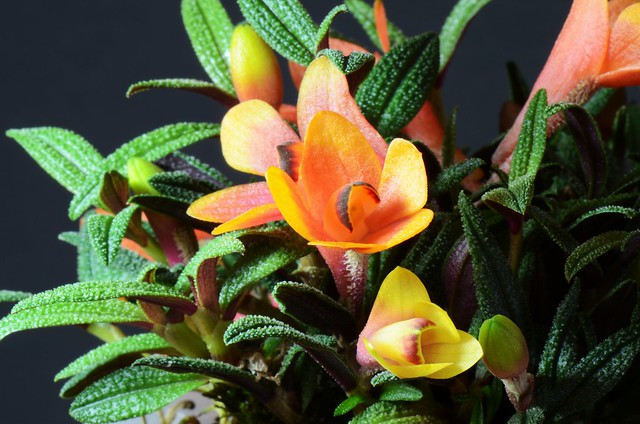A diffence that is clear....?! Okay, I guess we can supply that. Though "A diffence that is clear" in the case of cuthbertsonii, very much depends (in the true sence of the meaning) on the beholders eyesight! Let me give it a quick go:
First things first:
Well, I’m not really skilled in any way whatsoever when it comes to taxonomy.
To be very honest: 99% of the time I could not care less, and in some cases it point blank annoys me.
In the case of cuthbertsonii I have a few ideas of my own, but they will not really exhaust any scientific or taxonomically relevant demands.
It is my believe that for more than one reason, (and I guess there`s taxonomically valid stuff in there as well) cuthbertsonii and agathodaemonis need to be regarded as different species. There, I said it!
Having said that, let me start by pointing out that I only started collecting both species very recently, but have been involved with both on a propagation level for about 20 years. I’ve known for many years that both “names” require the ultimate skill, and a hardcore technical set-up to be cultivated successfully over time. Infact, I would go as far as to say that there’s probably not much else on this planet that could beat cuthbertsonii when it comes to “killed-in-cultivation-rates”. Generally that was the reason why I only recently started to collect these plants. That technically demanding aspect was one point, but since I feel confident to now have the set-up required (at the lowest possible level) I started buying a few plants, KNOWING that I’m buying trouble as well as asking for trouble. The other matter is availability and plant quality. It has only been for a year or so now, that fantastic quality plants are becoming available in Europe, mostly originating from the U.S. and Japan. For many years cuthbersonii was kept a secret, and very few people could actually find/buy plants of insufficient quality, most of them direct imports form PNG, and therefore doomed to die within the first few days unless they were started off in a fully automated cold-house.
These days cuthbertsonii is as available as it never was available before. Not just that, also some of the quality we see is star-raving-madness. They come in most colours (except yellow and white), even bicolors, and sometimes with 50+ bulbs. That basically just means: someone out there hast mastered their needs… This will go on for as long as it will take most people to kill their plants, which they will. It’s a basic and simple matter of time. Killing a 50+ bulb plant will just take a bit longer… I have no doubts that this will have been achieved in about 6 months form now, when cuthbertsonii (again) will be called “impossible to be cultivated” and the likes of Popow and other reputable importing nurseries will have to deal with angry customers every other day demanding their money back. They will then again stop dealing with cuthbertsonii, and we’ll be back to square one….
I myself start seeing the first signs of trouble with my plants after 6-8 months, meaning: I have to change and adapt in order to keep my plants alive. It comes down to admitting for all of us that finding great plants does not mean we’ll be okay and happily ever after…, or blame it on the nursery we got them from, but to admit that no matter what our skills are: we’re just dealing with a very tricky, complex and let’s face it, difficult group of plants here (coming from one of the most extreme habitats possible), and that very few of us know how to cultivate well over time. In other words: we’re dealing with plants, which an overwhelming share of its keepers kills within no time…
What an outbreak ey!!! Sorry for this insight into a very mad orchid mind!
Now, what sets these 2 apart? Dend. cuthbertsonii morphologically look completely different to agathodaemonis. That’s my most important point.
First up, and most importantly we have to distinguish 2 different groups of cuthbertsonii as far as I can talk about them. There’s the standard, wild collected plant from PNG, which is currently imported into Europe by the tens of thousands. They come as tiny divisions, rootless, dehydrated, with no more than 4-6 bulbs, mostly shedding their first leafs by the time they arrive here. The dealer in Europe will mount these as quickly as possible and sell them on for €15 (retail) as quick as he can, not to loose his investment. I’d guess that 80% of these plants are dead within 4 weeks after leaving PNG or Indonesia. The other group comes from the U.S. or Japan. These plants are a very VERY different kettle of fish, ultra-high-end breeding plants, selected for colour, vigour and most importantly: chromosome reasons. Looking at plants as well as flowers these are mostly 3N or 4N plants, and you’ll not find this information on the labels. These 50+ bulb plants have been selectively bred for appearance and size. Normally these plants are 2 to 3x the physical size of a wild collected plant, and that is not due to cultivation. When comparing these cuthbersonii plants, especially within judging, it will become impossible for the judges to tell the differences between them. They will therefore potentially deal with a normal 2n plant vs. a 4n or 7n plant, resulting in unfairness and confusion because they’ll be asked to compare a Ferrari with a Scoda (built in 1982).
Given, that from a taxonomist perspective we can agree that these 2 different “versions” of “modern cuthbertsonii breeding” exist?!, I would suggest a second point, more an idea, for which I have no proof. Geographical distance can be a valid point when naming plants, right??? I have a very strong feeling, based on cultural experience, that Dend. agathodaemonis would grow in a much different habitat or at the very least lower altitude than cuthbertsonii. From what I have seen in my culture agathodaemonis demands much higher temperatures to do well. Not just that: high temperatures seem to trigger massive vegetative growing. If that would be true: I would suggest that agathodaemonis grows on considerably lower altitudes than cuthbertsonii. Taxonomically: would that not at least give way to reason that we’d potentially be talking about a different population, maybe even and evolutionary separate population of what could have been one and the same a long time ago?
Let me just work in a few pictures for your consideration. It’s much easier to show the differences, than to type another hour….
Here’s what I’m cultivating as Dend. agathodaemonis:
By the way: has anyone besides me wondered why agathodaemonis comes in deep red, and pink only, but cuthbertsonii in nearly every possible colour including all shades of bicolor? It seems odd that agathodaemonis does not appear to be covering that sort of spectrum, does it not? Besides: I’ve not even heard of a pink agathodaemonis in Europe yet… which…talking available material means: agathodaemonis is reduced to only one available colour in Europe, being red.
On the other side, this is one of my possibly 4n or 3n plants, could they look more different to agathodaemonis?
Another, 3rd point would be: cuthbersonii other than agathodaemonis has hairy, nobbly capsules, or has (altogether) as a plant, a hairy, nobbly disposition…
Non-hair agathodaemonis detail:
Dend. cuthbertsonii detail:
This is just to compare a few flowers. I’ve pinched a agathodaemonis flower and placed it on a cuthbertsonii just to show the minor flower differences… see if you can tell them apart!
Normal orange cuthbertsonii vs. potential 4N bicolor:
Enough for one day….
Over’n out!




